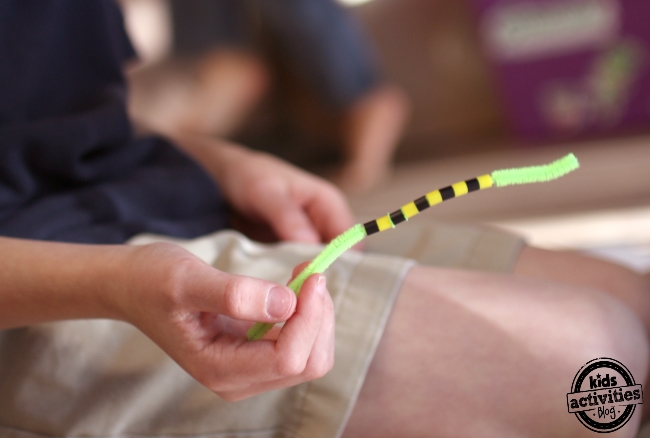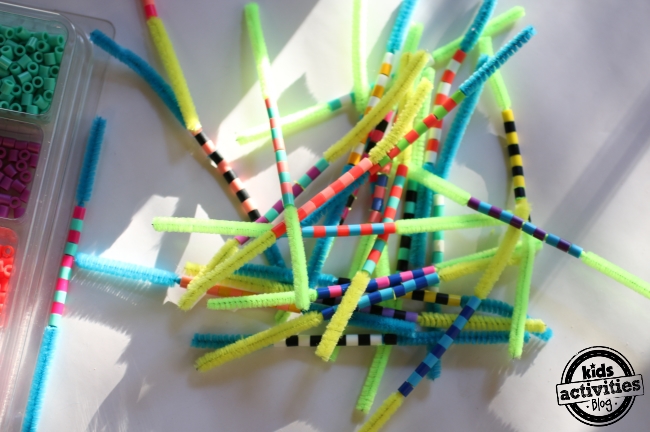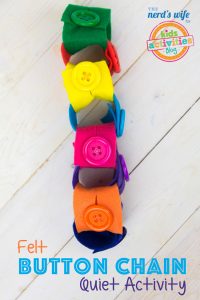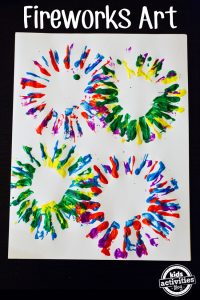
I struggled with math as a child, so as a parent I am on a mission to find all the tricks and tools to help mathematical concepts be less scary and more intuitive for my kids. Only recently, I discovered the wonders of the abacus. Today we are making an abacus.
You can do so many math tricks with these!

Ways to use an Abacus to Learn
- Count the individual beads on each thread. See if your child can count to 100 independently.
- Create a pattern with the beads. You start the pattern and let your child fill in the rest of the pattern with the remaining rungs of beads.
- Get the flashcards out. Help your children understand number correspondence as they “solve” the cards.
- Encourage your kids to develop mental math skills by teaching them how to group numbers and find complements to solve double digit addition problems.
- Practice skip counting as you count beads in groups. This is one of the early “steps”, helping your child master multiplication.
- Separate a group of beads and ask your child to split the beads into two equal groups, or into three groups of the same size, etc. This will help prepare your child for division.
- For the kinetic child, let them practice their homework with an abacus. It will help foster their confidence.
Make an Abacus
The Abacus is an easy math tool to make.
This pocket version is perfect for homework-on-the go.

Supplies Needed for Making an Abacus:
- 5 Pipecleaners – cut them in half.
- 100 Beads.
- 4 Wide Craft Sticks
- Hot Glue Gun.

Have your kids help. Thread the pipecleaners with the beads. You will want ten beads on each strand. We alternated the colors of the beads to help our kids intuitively grasp the concept of number correspondence (the concept of moving one bead for each additional amount), and to help them review odd and even numbers.
After the pipe-cleaners are filled with the beads, glue them evenly spaced onto the craft sticks. You will want ten strands of ten beads each on the abacus.
Learn About the Abacus
There are several different abacus types, but how you use them is very similar. We made a 10-based abacus for simplicity, but creating a traditional abacus with two levels – one bead in the top and four in the bottom can get older kids learning to carry values over each column automatically.
Here is a video that I found helpful in explaining how an abacus works:
Happy learning!






